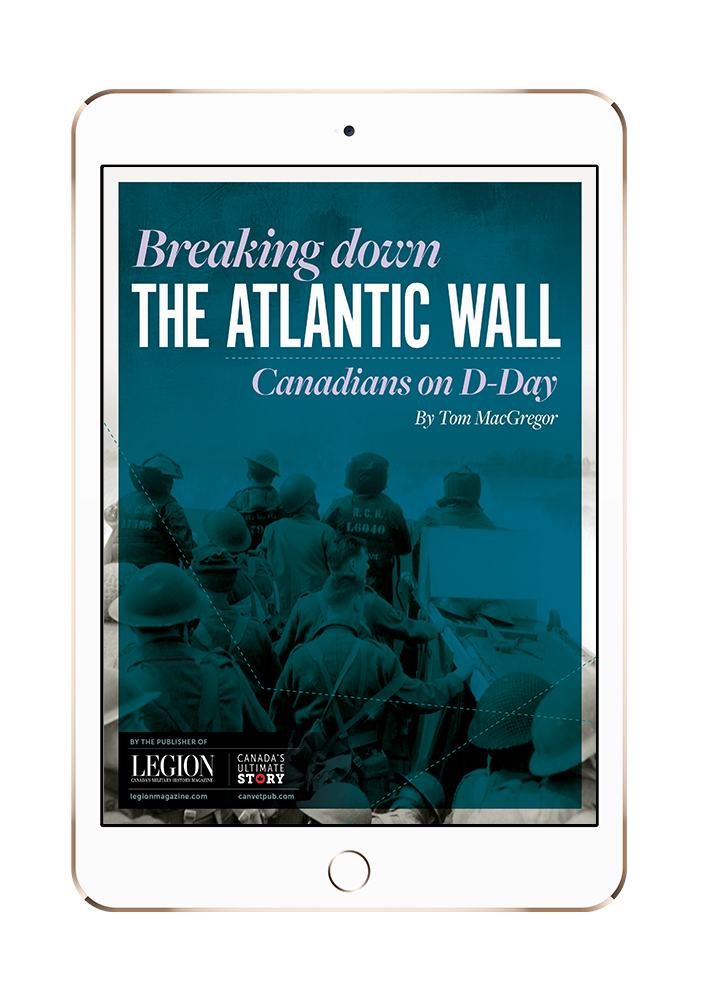
Canadian combat engineers serving with NATO forces take a break near the village of Leyvani, Afghanistan, on July 5, 2004. Canadians had been told the area was a Taliban hotbed, but finding them was proving difficult.
[Stephen J. Thorne]
It will be the first time Canada’s defence spending has hit the two per cent mark since 1990. Now NATO says it wants five per cent.
Addressing a conference of foreign policy wonks, national security officials and defence industry leaders June 9 in Toronto, Carney outlined his plan to reduce Canada’s reliance on the United States and draw closer to its European allies.
“We stood shoulder to shoulder with the Americans throughout the Cold War and in the decades that followed, as the United States played a dominant role on the world stage,” he said. “Today, that dominance is a thing of the past.”
The measures to boost defence spending from its current 1.37 per cent of gross domestic product (GDP) include $9.3 billion in new money: pay raises, improvements to recruitment and retention, expanding the defence industry, and bringing maintenance and repair of existing ships, vehicles and infrastructure up to scratch. Among the big-ticket items are new aircraft, drones, armoured vehicles and naval vessels, including submarines.
The total investment to bring military spending to the two per cent threshold is estimated at between $18 billion and $20 billion. Carney promised his tax cuts will not be compromised as a result, and said sacrifices elsewhere will cover the additional costs.
Ottawa has already opted for Australian over American radar technology to monitor the Canadian North. It is considering bids from both South Korea and a joint German/Norwegian bid to provide new submarines.
Carney put the purchase of American-made F-35 fighter jets on hold pending a review before a June 10 auditor-general’s report said, three years on, the program is already 50 per cent over-budget. It is now at $27.7 billion, not including another $5.5 billion to achieve full operational capacity.
The first 16 F-35s are to be delivered in the coming months as replacement of the existing fleet of CF-18s finally begins after years of delays and indecision. Deliveries of all 88 new fighters are set to end in 2032. But the government is reportedly considering options, including the Saab JAS 39 Gripen from Sweden.
“Rising great powers are now in strategic competition with America. A new imperialism threatens.” – PM Mark Carney
Carney said the world is at a crossroads—a “hinge moment,” he called it—and that Canada must chart its own path.
“The United States is beginning to monetize its hegemony: charging for access to its markets and reducing its relative contributions to our collective security,” said the PM. “In parallel, the world’s trade routes, allegiances, energy systems and even intelligence itself are being rewired. Rising great powers are now in strategic competition with America. A new imperialism threatens.
“Middle powers compete for interests and attention, knowing that if they are not at the table, they will be on the menu.”
Carney suggested in May that he hopes to sign on to a major European defence rearmament plan by July 1. “Seventy-five cents of every dollar of capital spending for defence goes to the United States. That’s not smart,” he told CBC.
Canada has been talking with the European Union about joining the plan since Carney succeeded Justin Trudeau as prime minister in March, weeks before his government won a minority government in the April 28 federal election. European nations are planning to spend $1.25 trillion on defence over the next five years.
U.S. President Donald Trump has said his administration was negotiating with Canada about joining his “Golden Dome” missile defence system. Trump wrote on his privately owned social media network, Truth Social, that it will cost “$61 Billion Dollars if they remain a separate, but unequal, Nation, but will cost ZERO DOLLARS if they become our cherished 51st State. They are considering the offer!”
In his first post-election visit to the Oval Office, Carney told the president Canada would “never” submit to U.S. annexation.
Washington welcomed the spending increase despite Carney’s pledge to look elsewhere for military hardware and alliances. The U.S. ambassador to Canada, Pete Hoekstra posted on X that the plan is “an important step toward strengthening the Alliance and reinforcing our shared security.”
Trump has been a vocal and persistent critic of Canada’s woeful defence investments, calling the country a “freeloader.”
A statement issued in conjunction with Carney’s speech at the University of Toronto said Ottawa will also boost efforts to support veterans, modernizing the benefits system so they get supports sooner, streamlining military trade credentials in the civilian sectors, and improving health services for women veterans.
A May 2025 defence report put military enrolment at as many as 14,000 short of its target strength of 71,500. The recruitment and training process is notoriously slow and cumbersome, and forces’ readiness is far below ideal—at just 58 per cent able to respond if called upon by NATO allies, according to a March 2024 report.
The announcement of increases to defence spending came as Carney and Trump were said to be in back-channel talks to resolve a broiling tariff dispute. Washington recently doubled levees on Canadian steel and aluminum to 50 per cent.
Trump has been a vocal and persistent critic of Canada’s woeful defence investments, calling the country a “freeloader” that has ridden on the back of U.S. might for decades. He has repeatedly threatened to beat his northern neighbour into economic submission.
Carney’s spending pledge also came just ahead of the June 15-17 G7 Summit in Kananaskis, Alta., where he and an upbeat and seemingly more congenial Trump agreed to a 30-day timeline on reaching a trade agreement.
The NATO Summit is to follow at month’s end in The Hague, where the alliance’s secretary general, Mark Rutte, has said he expects its 32 members will approve a new defence spending threshold of five per cent of GDP.
NATO members are budgeted to spend US $1.47 trillion on defence this year. In 2024, Canada ranked 27th among NATO members in percentage of GDP spending on its military. In terms of actual dollars spent, however, Canada’s defence budget was $52.2 billion in fiscal 2024-25—the sixth most among NATO members. This, for a country of 41.5 million people.
The countries that place ahead of it in percentage-of-GDP spending include front-line states such as Latvia, Lithuania, Bulgaria, Estonia, Finland, Hungary, Slovakia and Czechia—all of which Canada outspends in actual dollars.
In fact, only one country in Russia’s immediate sphere of influence—Poland, which leads all NATO members at 4.12 per cent of GDP spending on defence—actually allocates more than Canada on its military. And barely.
The parliamentary budget officer has said Canada will exceed a second NATO guideline of at least 20 per cent of military expenditures for major equipment this fiscal year.
“NATO partners are going to be asked to spend more, to do more, for mutual protection. We’re going to participate in that.” – PM Mark Carney
In a March-April 2024 “Face to Face” column, Legion Magazine editor Aaron Kylie noted Canada has “historically provided NATO with what it has requested,” while third-ranked Greece, which spent 3.49 per cent of its GDP on defence in 2023, contributes little to alliance missions.
Furthermore, NATO members are wildly inconsistent in how they calculate defence spending. Canada, for example, doesn’t count its coast guard as a defence expense; other countries do. Canada counts veterans’ benefits in its calculations; others don’t.
There was speculation Carney’s plan would fold the Canadian Coast Guard entirely into National Defence. The coast guard is currently a special operating agency under the Fisheries Department with an annual budget of $2.5 billion.
Defence officials told a media technical briefing the coast guard would remain where it was and there was no need to arm the civilian agency. However, senior federal officials told CBC the service was in for a more fundamental reorganization.
Carney told the national broadcaster in May that Canada will spend what makes sense on defence; he wouldn’t commit to a specific figure.
“I’m not a fan of picking an arbitrary number and then trying to figure out how to spend up to it,” he said. “NATO partners are going to be asked to spend more, to do more, for mutual protection. We’re going to participate in that.”
A June 2-8, 2025, survey of 4,067 Canadians found that two-thirds (67 per cent) of respondents supported meeting or bettering the two per cent threshold, while 47 per cent said five per cent of GDP is too much for Canada to spend on defence. Thirty-six per cent said Canada should aim for the five per cent threshold.
Three in five (60 per cent) of those surveyed told Angus Reid pollsters they preferred working with Europe to move away from reliance on the U.S., while just 23 per cent said they would rather stay close to the Americans.
The survey is considered accurate to within 1.5 percentage points either way, 19 times in 20.
Advertisement


















